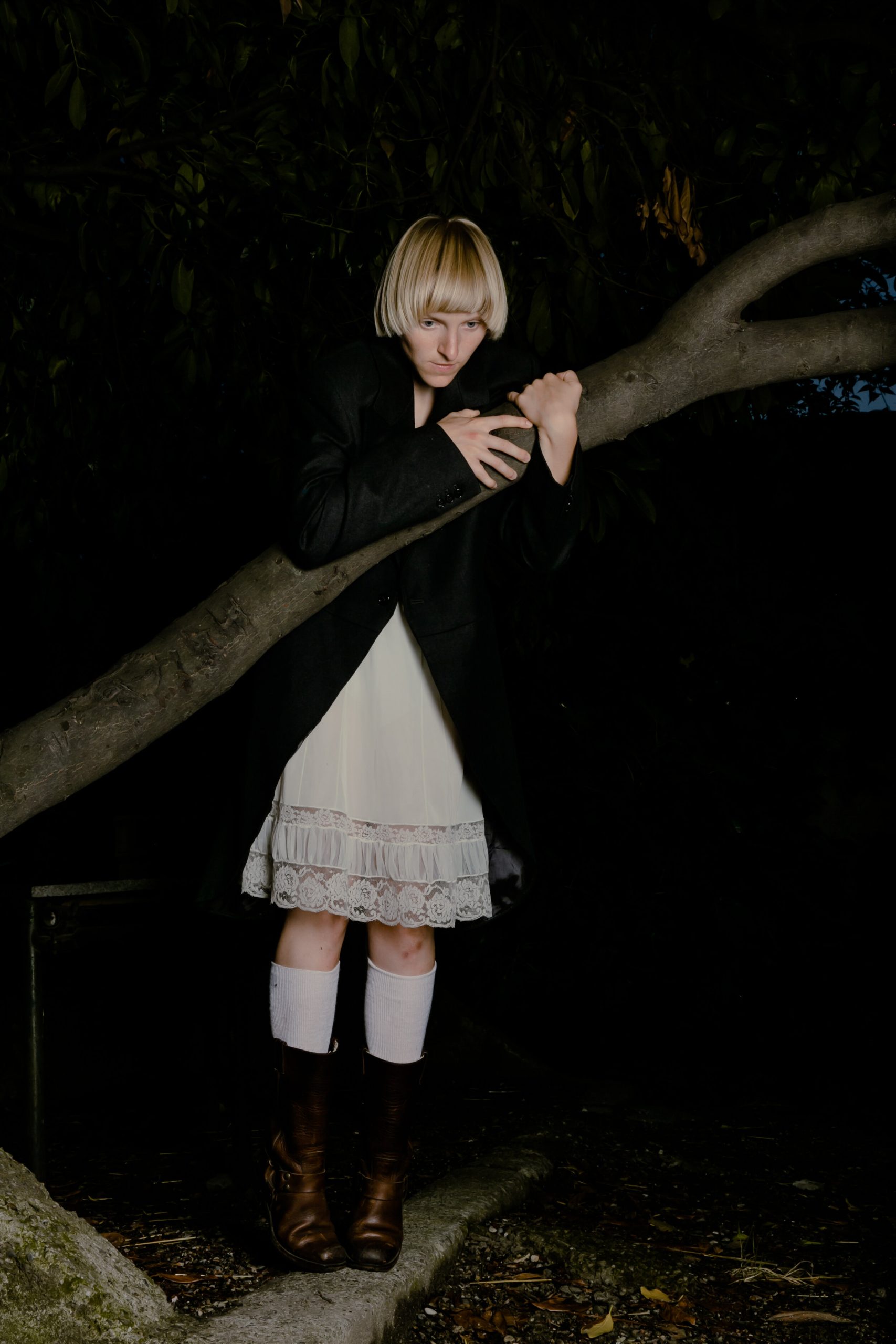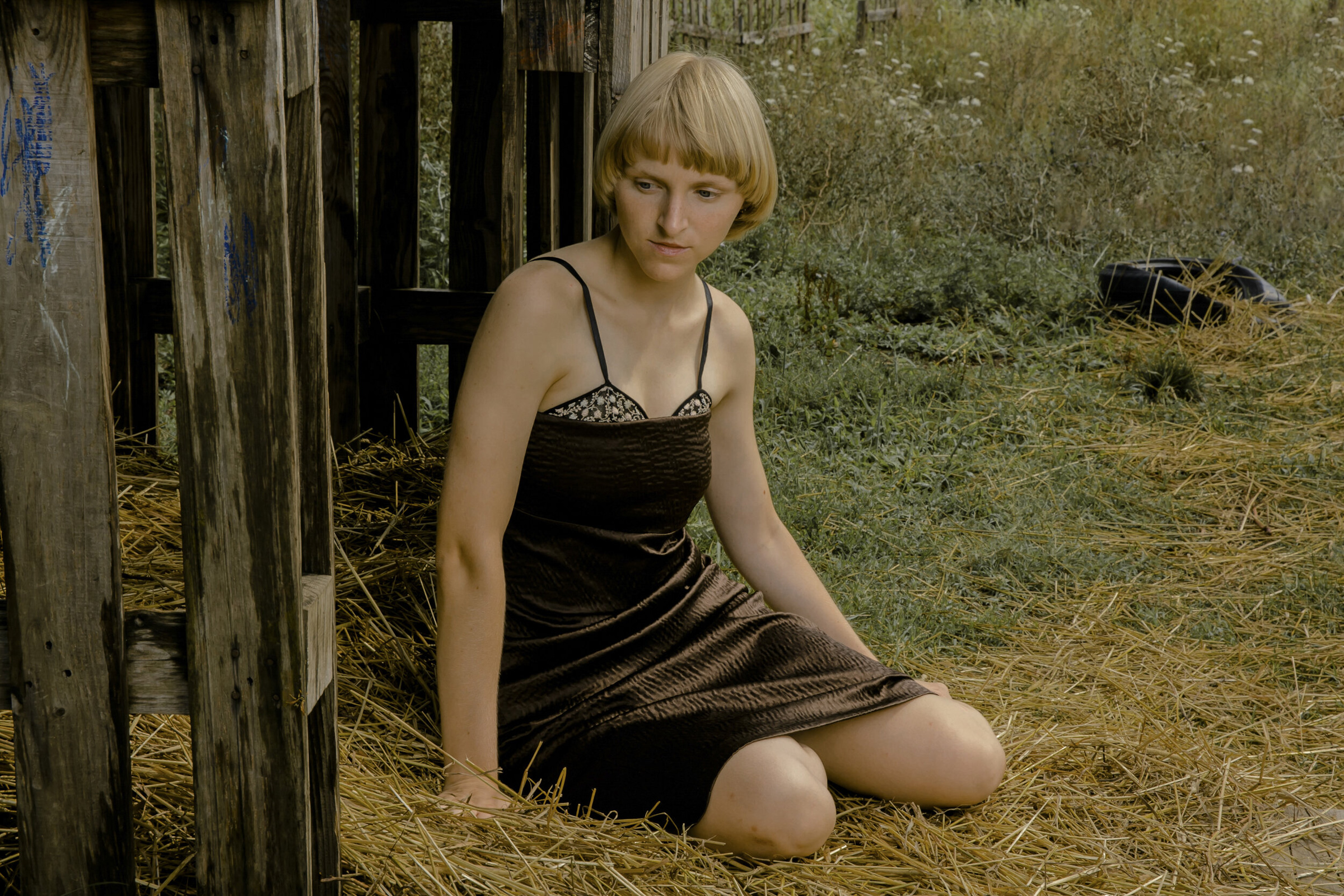
“I hope to see myself as never fully fixed, and as someone who can question and create conversations with the necessary depth by involving others (in and outside the art world) and by constantly experimenting through different modes of communication.”
Based between the UK, Italy and Indonesia, photographer Alessia Gunawan captures a unique and mysterious sense of reality in her world of images. Not one to limit herself to a strict definition of her creative practice, Gunawan’s approach is one of fluidity which sparks important questions and delves deeper into burgeoning social issues in contemporary society.
Taking a peek into the photographer’s ethereal images sheds light on issues prevalent within internet and pop culture, socio-political frameworks and the interconnectedness of modern life. Gunawan’s work often takes on an otherworldly feel. Her photographs are staged with great consideration and ease, and there is a tangible sense of uneasiness within them that tease and invite viewers to take a closer look. With a sharp gaze, Gunawan captures the uncanniness of the everyday.
Influenced by her changing lifestyles and travels across Italy, Indonesia and England, Gunawan seeks out an interconnectedness in her work and places a great importance on her ability to break free from the limitations of academia. Gunawan claims that she doesn’t see a specific style that is present throughout her work. For her, it is more a case of exploring narratives in the themes she explores. She aims to unveil the various aspects of the globalized and seemingly connected contemporary culture.
NR Magazine speaks with the photographer to delve deeper into her creative background and how she explores her identity as an artist through her reflections on modern life.
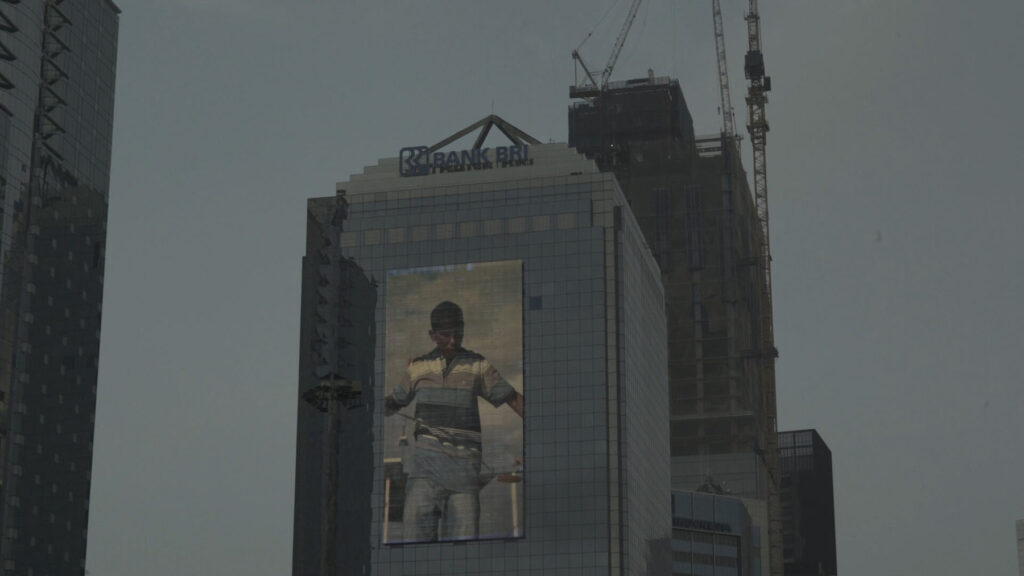
Could you talk to me about your creative background and what initially attracted you to working with photography?
Growing up I was always surrounded by creativity, mainly because my parents are fashion designers. Although our interests and styles differ significantly, I always saw them drawing and doing research. At one point, when I was 16 years old, I did a short course at Central Saint Martins. I initially thought I would get into fashion design, but while doing the course I really enjoyed the art direction and executive part.
When I moved to Italy, I began living in a tiny city in the south called Lecce, in Puglia. Although I had the chance to create fond memories there, I was bored most of the time, and started taking photos and creating narratives of my own. Sometimes I’d take self-portraits, and other times I’d use my friends as subjects. I was captivated by its performative aspect, especially when contextualizing them after in whichever platform I thought they’d work the best.
I was able to create different personas, and it was accessible at any time. So it was a way to make mini-movies for me and my friends to enjoy.
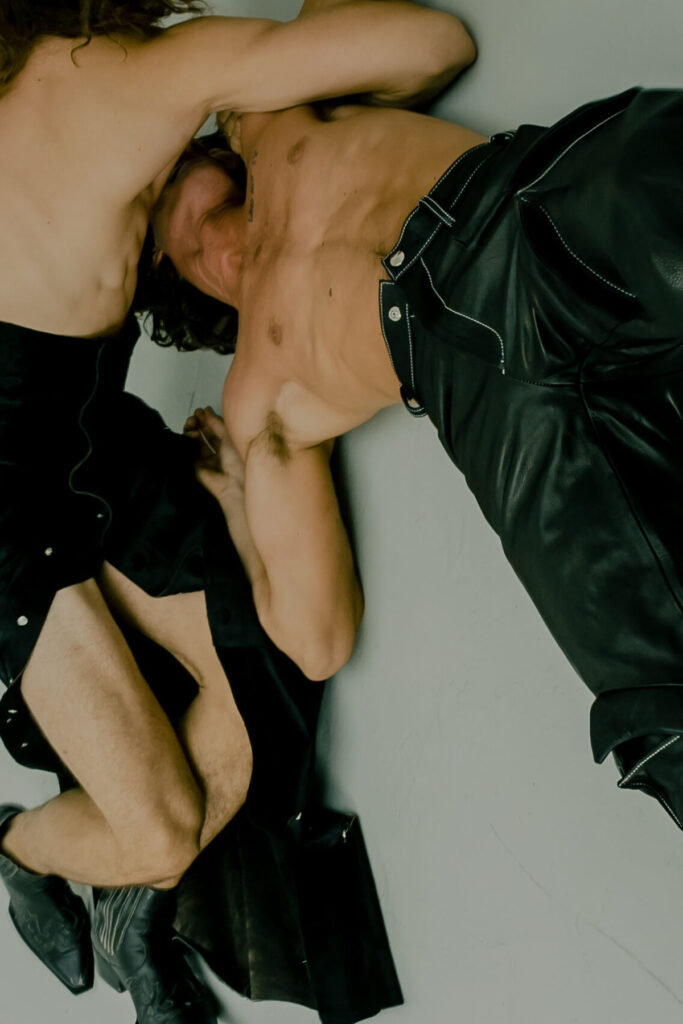
When do you feel like you first started to shape your creative vision?
I can’t pinpoint the exact moment it happened. Maybe this means that I haven’t fully shaped my creative vision yet. It’s never fixed, and it’s continuously changing as it moulds into something different, reflecting my interests and the growth I am going through at a particular moment in my life.
I am saying this because I have never really had a definitive idea of what I wanted to do and what direction I wanted to take. I gave myself the opportunity to experiment with different things I might want to do. Also, having friends in London with whom I could collaborate helped me a lot in the process, and it all came about quite naturally.
University also played a massive role in this. My BA course under stimulated me, as it was too traditional and fixed in academia, but I tried to find stimuli elsewhere because I wasn’t enjoying it. If you live in London, this can be very easy. There are a lot of events and workshops happening all the time, so you can find your own way of learning, and that’s what’s so special about London – the DIY culture that drives its creative industry.
As I found my BA to be unsatisfying, I took the time to understand what I wanted to do, and after a year, I decided to do an MA in a school that helped me develop my practice. I was fully committed to it, and I was in the right mindset to start the course. I think this was also the first time I let myself trust my practice and my mistakes. Looking back, it was probably the first time I felt like I was doing something that was right for me.
With the theme of this issue being Identity, I’d love to know how working between the UK, Italy and Indonesia has impacted you and the evolution of your photographic style.
Each country I’ve lived in has helped express different aspects of my interests. Visually, politically, and socially speaking, they all offered other narratives. Still, sometimes they would interconnect in unexpected ways, and that intersection is what my work is always trying to explore – the subtle glimpse of our globalized network.
Having moved around so much, is sharing your personal experiences and displaying a sense of interconnectedness throughout your work important to you?
Yes. Our work is often a reflection of our experiences. Whether we want to speak about it in the first person or through different characters or narratives is a choice. For the stories and themes I have chosen to explore further, I felt it was necessary to talk about them from a place of personal experience.
How do you see yourself as a visual narrator and curator?
I hope to see myself as never fully fixed, and as someone who can question and create conversations with the necessary depth by involving others (in and outside the art world) and by constantly experimenting through different modes of communication.
One of my favourite projects of yours was your documented trip to Morocco. You’ve mentioned that this place made you feel a genuine need to go back to the instinctive desire to take photographs – this sense of intuition definitely comes across in the series. Have any other places affected you in this way?
Travelling often creates this feeling. When we’re unfamiliar with somewhere, we tend to get excited and curious, and we use cameras to satisfy our need to distil a memory and connect with the surrounding context.
When I’m traveling and not doing it for work, I usually let myself be intuitive with my camera. I’m not too precious about the things I capture. It’s like small talk – you start the conversation for the simple need to connect, which sometimes will lead you somewhere unexpected. It’s very different from the work method I learned at school, where everything had to be schematic and pre-calculated.
In these scenarios, I tend to trust the process and have fun with it. It all started when I first travelled to Hong Kong on a family trip. I went there with the Indonesian side of my family, and as we were a big group, we travelled by bus and had everything planned. I wanted a break from the tourist stops, so I decided to walk around and take photographs. I was 16 and a very anxious child, but I felt like it was one of the first times I felt a sense of independence, and I was having the most fun doing research and taking photos of all the places I found interesting.
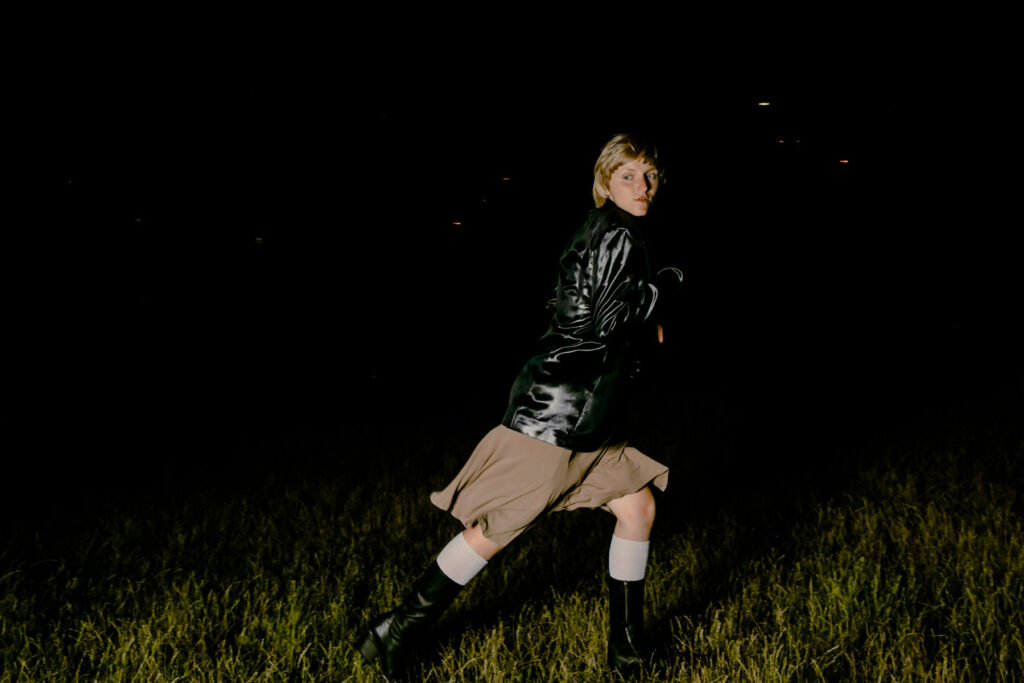
Looking at your body of work, you have a clarity of purpose and a unique eye for expressing intimate and almost otherworldly moments. How has your style and vision evolved over the years, and where do you see it heading?
I guess that someone who isn’t familiar with my work might see it as chaotic at times, as I’m constantly shifting my position between fashion photography and my artistic practice. Although they are both very different worlds, they do inform each other sometimes. For example, fashion photography has a faster pace in digesting trends and information around you, and the art world has a slower way of processing things.
When I was living in London, I was mainly collaborating with my friends. They sometimes wanted to try out styling or graphic design, and I wanted to try out fashion photography, so things started naturally, and I enjoyed it a lot. Towards my last year in London, I felt as though I wanted to do something different. When I started my MA degree in photography, I dedicated most of my time to developing my practice through short films, installations, and anything I found worth experimenting with for my work’s purpose. As a result, I naturally gravitated towards what I wanted to do and felt free once again in testing out different things. That was a definitive moment, as I then tried to use photography more narratively – as if it were contaminated by my artistic practice.
After mostly working in fashion photography, I want to dedicate more time to my personal projects, so I started researching again for a project I have been planning to do for the past year, and after this long pause, it feels good to be doing it again.
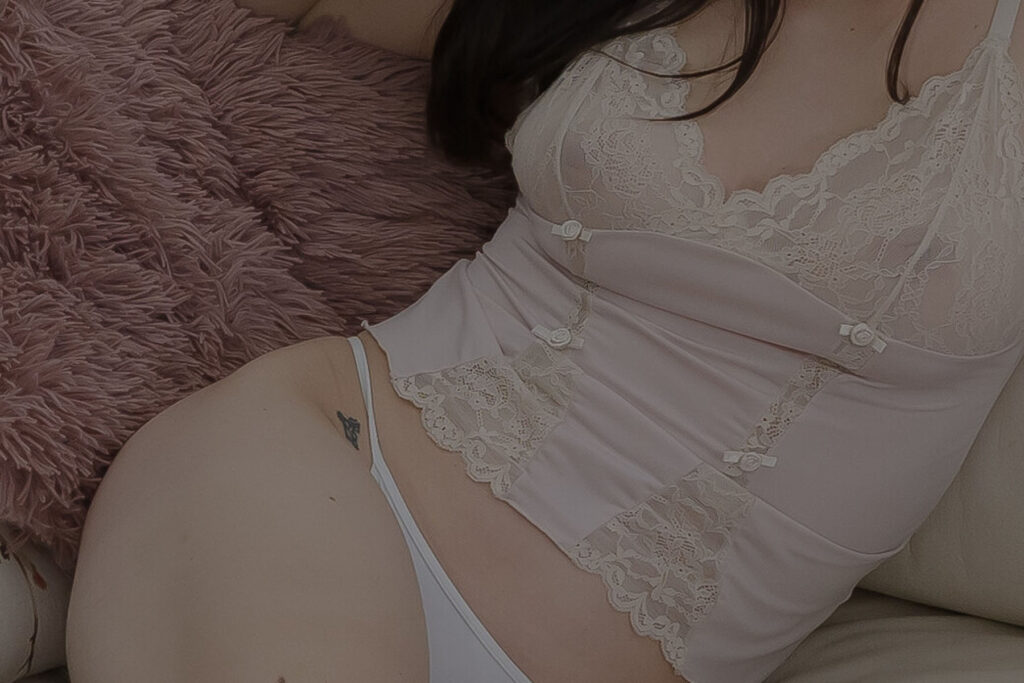
You work with videography as well, and your project ‘Ur My Final Fantasy’ explores the subject of intimacy. Could you talk a bit more about the influences behind this project?
‘Ur My Final Fantasy’ came about when I was questioning our current understanding of intimacy. I had just moved away from London, and I was interested in the fast-paced approach of the intimate connection of big cities and the sudden growing interest of people in approaching relationships through spiritual guidance. I started wondering about people’s interest in tantric sex and building connection through breathing, observing and other nuanced and powerful gestures.
I began researching the subject from a sociological point of view to better understand the changes occurring. I was also exploring the camming wave that has been growing exponentially in the past few years, primarily due to platforms like OnlyFans. I loved looking at the interiors – the soft lighting, the teddy bears in the back, the tacky IKEA frames filled with generic quotes about life. They all became symbols that suggested an intimate space where both agents could feel safe and comfortable.
Something similar also happened with role-playing videos. My favourite video was found on Pornhub, and I became obsessed with it as soon as I saw it. It was a boyfriend role play video and had a first-person point of view where you (as the viewer) would be put into bed, all tucked up, and serenaded with an acoustic guitar. He would then give you a forehead kiss and talk to you in classic ASMR style to help you fall asleep.
I’ve noticed it on YouTube too. Many vloggers have started to adopt these small gestures to overcome boundaries and create a deeper connection with their followers. It feels odd, but it works. That’s why people are also making mukbang videos a lot. Viewers feel closer to people and less lonely.
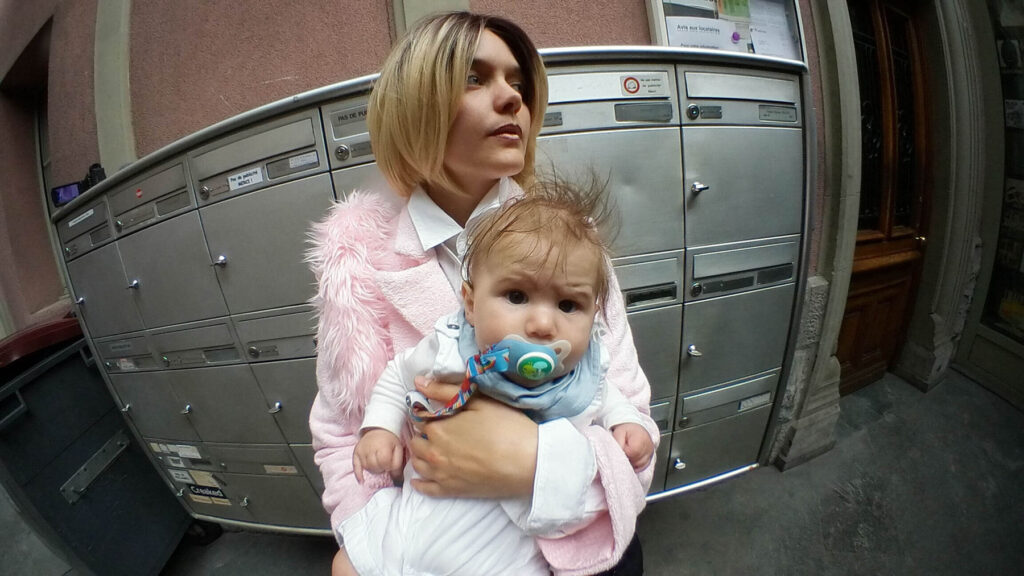
I love your work for Garbage Core’s Season 07. How important is fashion and experimentation to you? What was the process like when shooting this lookbook?
Fashion and experimentation have always been important to me. I can’t go a long period of time without creating space for myself to experiment in fashion. I love working with a team that inspires me, and fashion allows that. Editorials can be very fun, and depending on which magazine you develop them for, they can be less commercial and have more freedom. You can have the freedom to question the boundaries of visual language and how they engage with fashion, art, and cinematic narratives. There are so many exciting magazines nowadays that do that, and it’s exciting to see how it’ll develop.
Shooting Giuditta Tanzi’s Garbage Core collection was amazing as always. She shares her studio with my partner, so I get to see her all the time. I’ve always been a fan of her work. I’m interested in how people rework existing items, and her dedication and attention with each garment inspires me.
Working on the last lookbook came about naturally. Because we see each other quite often, we tend to exchange our interests and discuss things a lot. Also, as this collection included a lot of semi-transparent materials and minute details, we thought it would be best to keep it simple and to have the right lighting to highlight those aspects.
What do you value most about your image making process?
Depending on the project, researching and developing ideas in the first round of shoots is always fun. You get to understand what works and what doesn’t. I always show up with lots of written ideas but never end up completing them most of the time. Instead, I end up following the energy of the environment, as everyone in the team creates an important dynamic. I tend to trust that most of the time, because it’s better than what I could have imagined on my own.
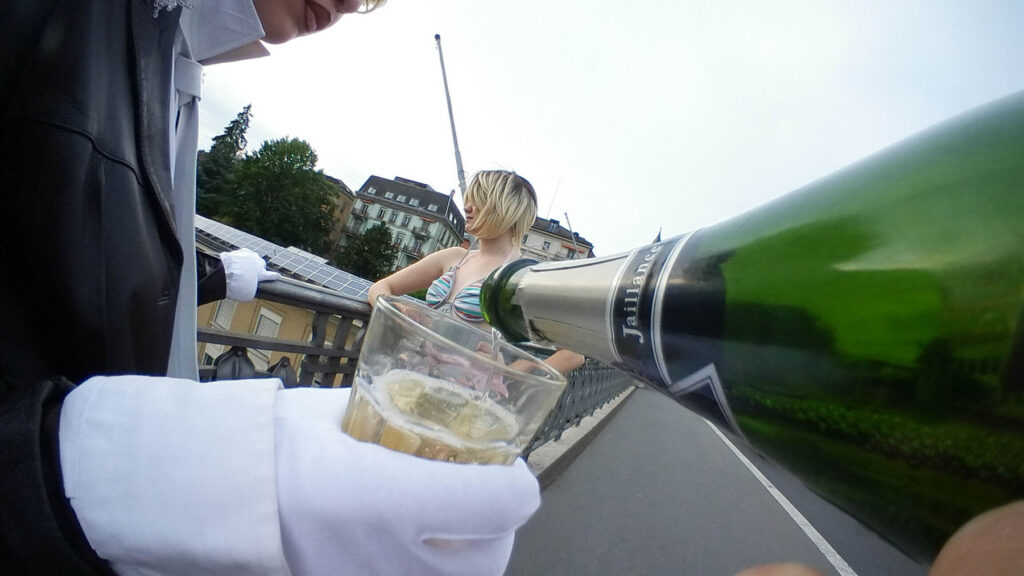
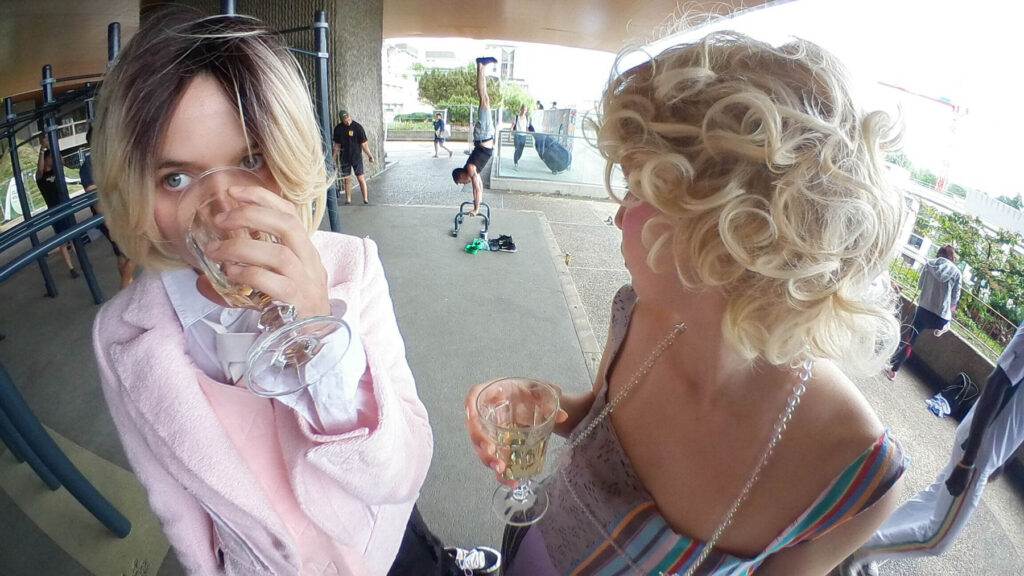
A lot of your work has an ethereal and eerie feel to it. How do you go about creating this aesthetic?
When visually developing a project, I tend not to confine myself to anything. I’m constantly questioning and experimenting with various modalities to better understand which one is the most effective.
Your projects like ‘Jill Army’ and ‘Counter Faith’ take inspiration from aspects of different elements of pop culture and contemporary social issues. Have these subjects always been something you felt the need to interrogate with your work?
Yes, I’m constantly questioning globalized ideologies of pop culture – in some projects more than others. ‘Counter Faith’, contrary to ‘Jill Army’ feels more domestic, as the project starts as an investigation of my family’s experience as Chinese Indonesians in the confines of the segregated communities of Jakarta. But as with every project I have done, it always tries to tackle and question bigger issues, and how these feelings evolve with the involvement of new technologies. In this particular case, I was interested in how we digest and portray violence and how certain media reduces narratives, breeds trauma, and generates extreme ideologies.
How do you feel you explore different aspects of your identity in your work?
I’m always writing, and when I have a question persisting in my mind, I tend to explore it and try to understand why I am so fixated with it.
Sometimes my research doesn’t move forward much, but it does develop into something more tangible.
